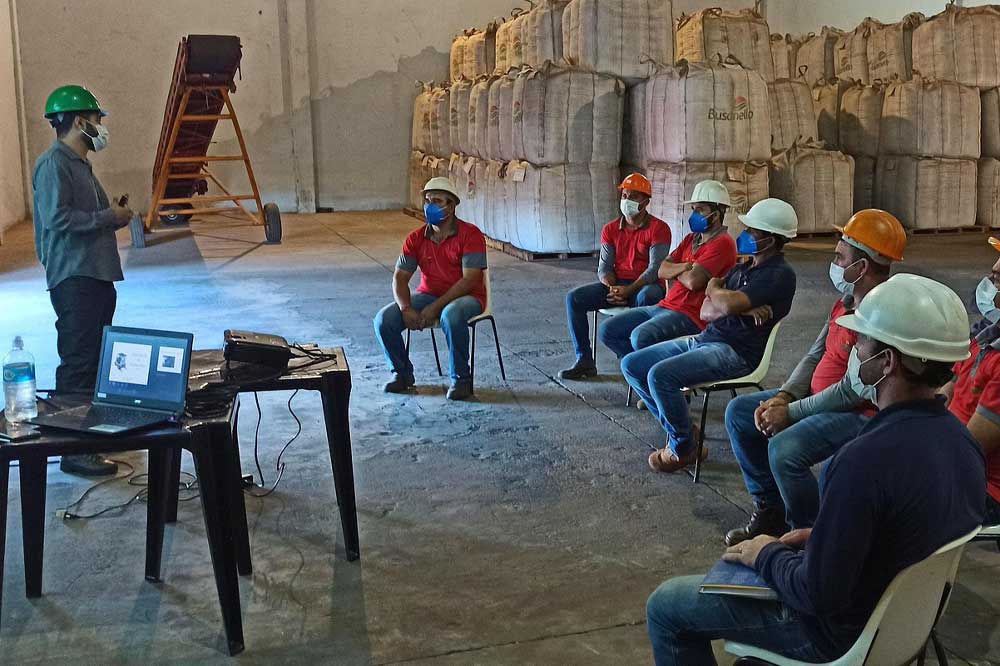Creating a Culture of Safety: Tips for Industrial Workplaces

For industrial workplaces, safety is more than a checklist. While safety protocols and procedures are essential, the most effective workplaces are those where safety is part of the everyday mindset, not just a box to check off during audits.
Whether you’re running a manufacturing facility, a warehouse or a construction site, creating an authentic safety culture begins with the people. Here are some practical tips that can help reinforce safety as a shared value on your job site.
Lead by example
If leadership isn’t visibly committed to safety, no one else will be either. Talking about safety during meetings isn’t enough. Supervisors and managers should consistently model safe behavior by wearing personal protective equipment, reporting near misses and correcting unsafe practices on the spot.
Employees notice more what’s prioritized and what’s not. Safety walk-throughs should be part of regular management rounds. Inspections shouldn’t be the only time issues are spotted.
Involve the people doing the work
Frontline workers often have the best insights into what’s risky and inefficient. Involving them in safety planning gives them ownership and surfaces practical involvement you won’t find in a manual. An effective method for incorporating this is to conduct brief “safety huddles” that allow workers to voice observations or concerns in a focused, conversational setting.
Make reporting easier
If workers are afraid to report issues or near misses, then vital information is lost. An open reporting culture leads to fewer incidents in the long run. There should be low-barrier ways to report concerns, such as QR forms or anonymous drop boxes.
Integrate safety into everyday routines
Safety shouldn’t feel like a special event. It should be incorporated into every task, from pre-shift checks to end-of-day cleanup.
An easy way to fuse this into daily tasks is to add safety prompts to work orders, digital checklists or screens around the facility.
Keep safety training relevant
Safety training is best learned through hands-on experience. Training should be active, visual and tied to the actual work employees perform. This can be achieved through real-world scenarios, role-playing or quick simulations during training. Topics should also be revisited regularly, not just once a year.
Wins should be celebrated
It’s easy in safety programs to focus solely on what went wrong, but when teams go months without incidents, hit key safety milestones or implement new protocols effectively, it should be celebrated to ensure that this momentum continues. This can be achieved through team lunches, wall displays or shout-outs during meetings to recognize positive safety behaviors.
Hold everyone accountable
Accountability isn’t about blame. It’s about shared standards and mutual respect. If a coworker sees someone skipping a step, they should feel empowered to speak up. Peer-to-peer feedback should be incorporated into training to enable team members to provide constructive, non-confrontational feedback that benefits the entire team.
Creating a culture of safety doesn’t happen overnight and it doesn’t just come from policies. It takes commitment, communication and consistency at every level of the organization. When safety becomes part of the way people think, act and look out for one another, it stops being a program and starts being a value.
It’s not just about reducing incidents but building a workplace where people can trust one another. Nothing is more important than sending everyone home safe. Every shift, every time.

